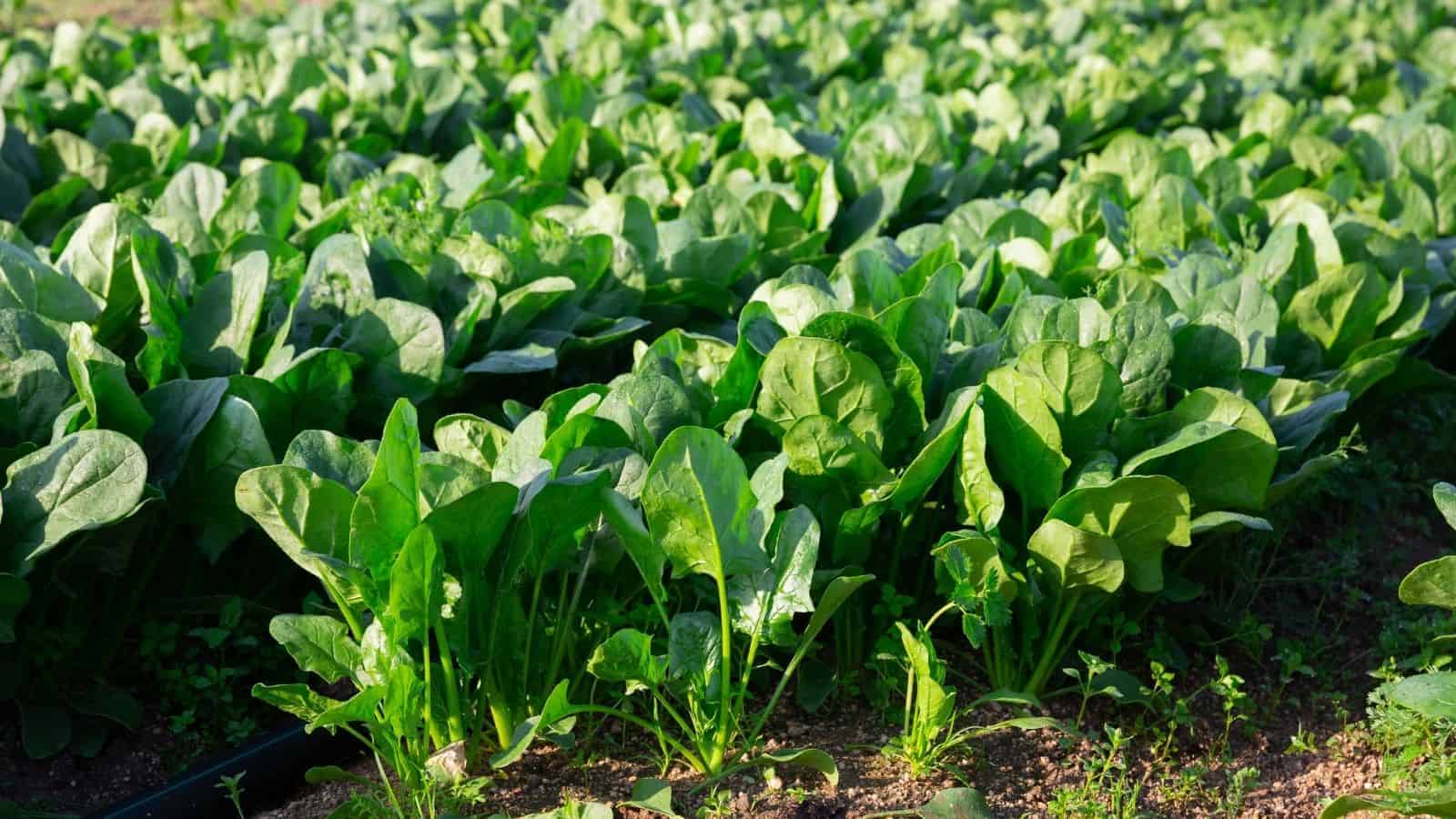Timing is everything when it comes to planting vegetables. Knowing the best time to plant can make the difference between a bountiful harvest and a disappointing one. By understanding your local climate, the needs of different crops, and the principles of seasonal planting, you can maximize your garden’s productivity. This guide will help you determine the best time to plant your vegetables for a successful and abundant harvest.

Understanding Your Growing Season
The first step in determining when to plant your vegetables is to understand your growing season. This is the period between the last frost in spring and the first frost in fall. The length of your growing season will dictate what you can grow and when you should start planting.
Determine Your Frost Dates
To get started, you need to know your area’s average last frost date in spring and first frost date in fall. These dates are crucial for planning your planting schedule. You can find this information from local gardening resources or online by searching for your USDA Hardiness Zone.
- Last Frost Date: The average date in spring when the risk of frost has passed.
- First Frost Date: The average date in fall when frost is likely to occur again.
Calculate Your Growing Season Length
Once you have your frost dates, calculate the number of frost-free days in your growing season. This will help you choose the right vegetables and determine when to plant them. Some vegetables require a longer growing season, while others can be harvested before the first frost.
Cool-Season vs. Warm-Season Vegetables
Different vegetables have different temperature preferences. Understanding whether a vegetable is a cool-season or warm-season crop will help you determine the best time to plant.
Cool-Season Vegetables
Cool-season vegetables thrive in cooler temperatures and can tolerate light frosts. These vegetables are usually planted in early spring or late summer for a fall harvest. They grow best when temperatures are between 60-70°F (15-21°C).
- Examples: Lettuce, spinach, peas, carrots, and broccoli.
- Best Planting Time: Early spring (as soon as the soil is workable) or late summer (for a fall harvest).
Warm-Season Vegetables
Warm-season vegetables need warmer soil and air temperatures to grow and produce fruit. These crops are sensitive to frost and should be planted after the danger of frost has passed. They prefer temperatures between 70-85°F (21-29°C).
- Examples: Tomatoes, peppers, cucumbers, beans, and squash.
- Best Planting Time: After the last frost date in spring, when the soil has warmed up.
Starting Seeds Indoors vs. Direct Sowing
Some vegetables can be started indoors to get a head start on the growing season, while others do best when sown directly into the garden. Knowing which method to use can help you optimize your planting schedule.
Starting Seeds Indoors
Starting seeds indoors allows you to begin growing your plants before the outdoor conditions are suitable. This is especially useful for warm-season vegetables that need a long growing season. Transplanting seedlings into the garden after the last frost gives you a jump start on the season.
- Best for: Tomatoes, peppers, eggplants, and certain herbs.
- When to Start: 6-8 weeks before the last frost date.
Direct Sowing
Some vegetables prefer to be sown directly into the garden because they don’t transplant well, or they have a short growing season. Direct sowing is typically done when the soil is warm enough for seeds to germinate.
- Best for: Carrots, radishes, beans, and peas.
- When to Sow: As soon as the soil temperature reaches the ideal range for the specific vegetable.
Succession Planting for Continuous Harvest
To enjoy a continuous harvest throughout the growing season, consider succession planting. This involves planting crops in intervals, so you can harvest fresh produce over a longer period.
Stagger Planting Times
For vegetables that mature quickly, such as lettuce, radishes, and spinach, plant new seeds every two to three weeks. This way, as one crop is harvested, another is ready to take its place.
Plant Different Varieties
Another approach to succession planting is to choose varieties with different maturity dates. For example, plant early, mid-season, and late-maturing varieties of corn or tomatoes to extend your harvest window.
Final Tips for a Bountiful Harvest
- Monitor Soil Temperature: Use a soil thermometer to ensure the soil is warm enough before planting warm-season crops.
- Mulch: Mulch helps regulate soil temperature and moisture, which can be especially beneficial for cool-season crops planted in late summer.
- Water Consistently: Consistent watering is key to healthy growth, especially during hot summer months.
- Use Season Extenders: Consider using row covers, cloches, or cold frames to protect plants from unexpected frosts and extend the growing season.
By carefully timing your planting based on the needs of your vegetables and the conditions in your garden, you can ensure a productive and rewarding growing season. Whether you’re planting cool-season greens in early spring or warm-season favorites in summer, understanding the best time to plant will lead to a bountiful harvest.
